Archives
- 2018-07
- 2019-04
- 2019-05
- 2019-06
- 2019-07
- 2019-08
- 2019-09
- 2019-10
- 2019-11
- 2019-12
- 2020-01
- 2020-02
- 2020-03
- 2020-04
- 2020-05
- 2020-06
- 2020-07
- 2020-08
- 2020-09
- 2020-10
- 2020-11
- 2020-12
- 2021-01
- 2021-02
- 2021-03
- 2021-04
- 2021-05
- 2021-06
- 2021-07
- 2021-08
- 2021-09
- 2021-10
- 2021-11
- 2021-12
- 2022-01
- 2022-02
- 2022-03
- 2022-04
- 2022-05
- 2022-06
- 2022-07
- 2022-08
- 2022-09
- 2022-10
- 2022-11
- 2022-12
- 2023-01
- 2023-02
- 2023-03
- 2023-04
- 2023-05
- 2023-06
- 2023-07
- 2023-08
- 2023-09
- 2023-10
- 2023-11
- 2023-12
- 2024-01
- 2024-02
- 2024-03
- 2024-04
- 2024-05
- 2024-06
- 2024-07
- 2024-08
- 2024-09
- 2024-10
- 2024-11
- 2024-12
- 2025-01
- 2025-02
- 2025-03
-
br Results br Discussion In this paper we
2019-10-21
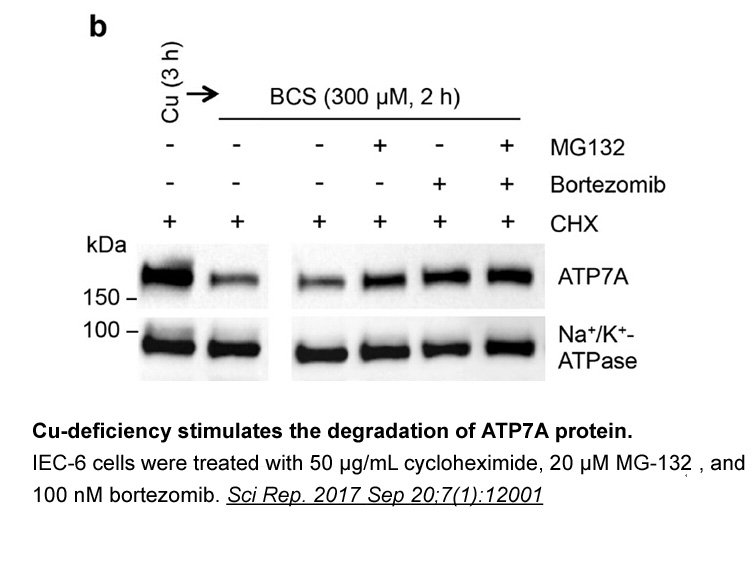
Results Discussion In this paper we present insights into the observed specificities of inhibitors targeting the ubiquitin-activating and related E1 Luciferase Reporter Assay Kit via crystal structures of the specific NEDD8-E1 inhibitor MLN4924, the dual NEDD8/Ub E1 inhibitor ABPA3, and the s
-
The ultrafiltration approach has been used
2019-10-21
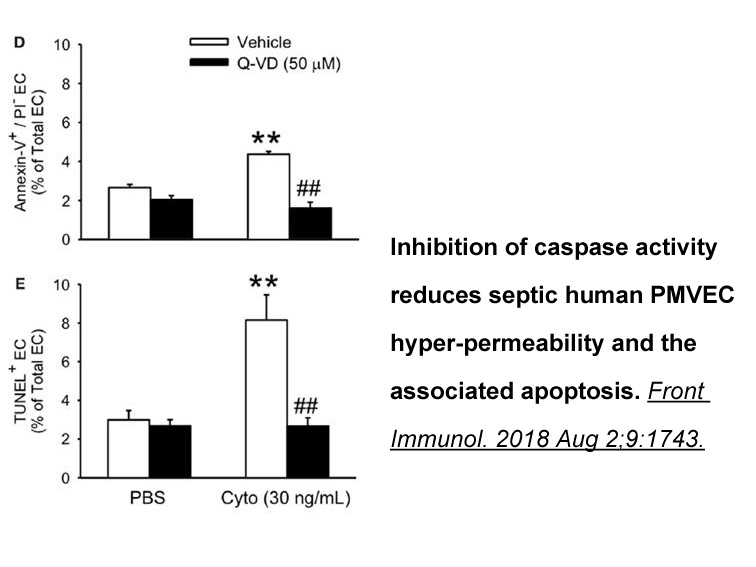
The ultrafiltration approach has been used to measure equilibrium BIEs for a number of enzyme systems, including Caspase-4 Colorimetric Assay Kit hexokinase (Lewis and Schramm, 2003a, Lewis and Schramm, 2003b), thymidine phosphorylase (Birck & Schramm, 2004), purine nucleoside phosphorylase (Murkin,
-
br ET Antagonist for the Future
2019-10-21
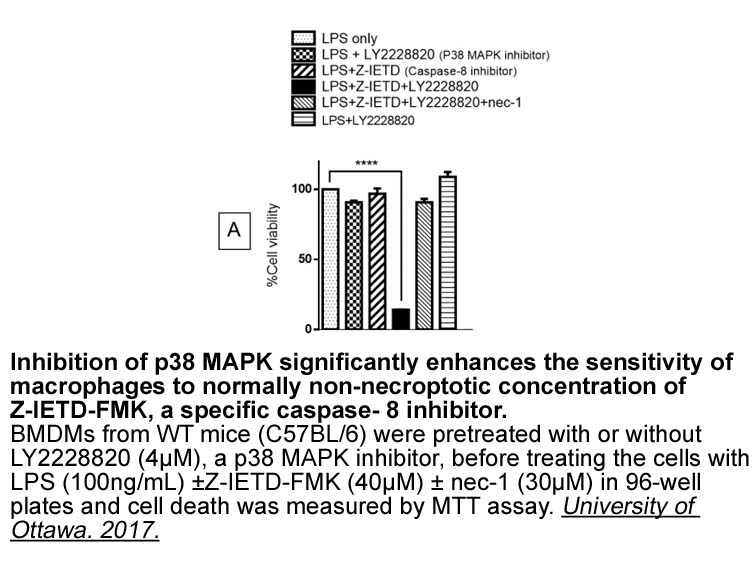
ET Antagonist for the Future: Macitentan and Atresentan Macitentan is an insurmountable antagonist, resulting from structure-activity studies to improve the efficacy and tolerability of bosentan, and gained approval in the United States in 2013 for the treatment of PAH. Actelion describes the com
-
Given that CE plays an essential
2019-10-21
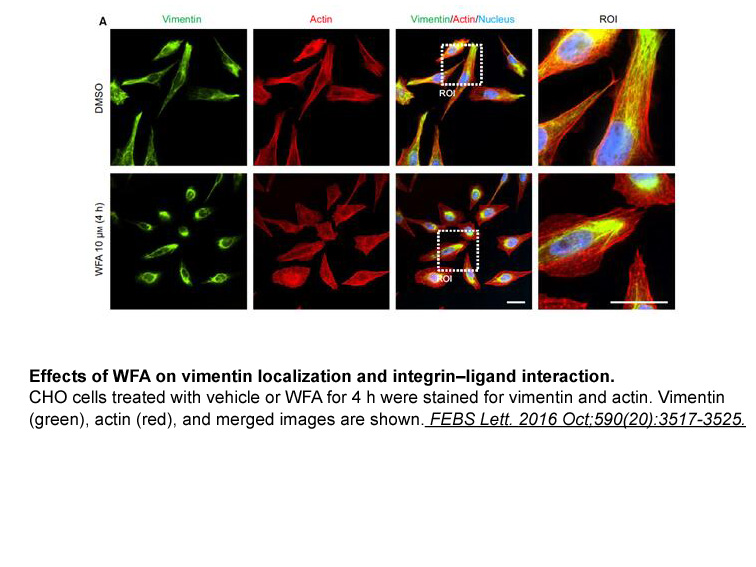
Given that CE plays an essential role in schistosome invasion, its immunoreactivity and protective potential is of significant interest. The native form of SmCE was found to be poorly immunogenic in immunized mice. An earlier study found that sera from S. mansoni patients have shown the presence of
-
Judging from the densitometric analysis of the Western blots
2019-10-21
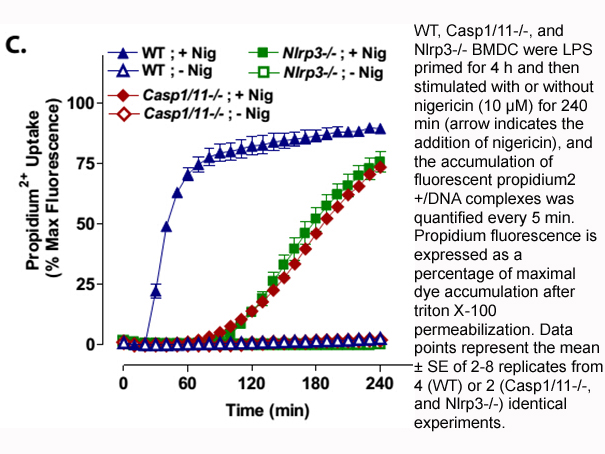
Judging from the densitometric analysis of the Western blots, CYP2E1 protein was expressed, although at very low levels, by PT cells. This corresponds to previous observations [10], showing that CYP2E1 was expressed in the PT, although expression was higher in the distal tubule. Testosterone 6β-hyd
-
The goal of studying RvE in
2019-10-21
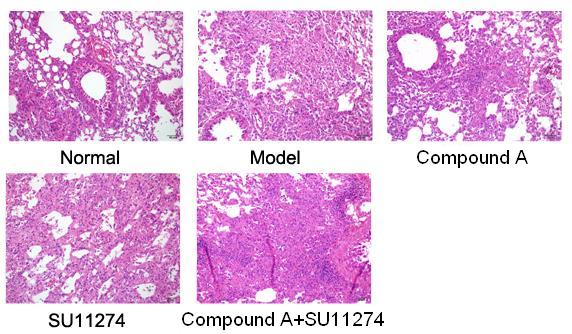
The goal of studying RvE1 in goblet Deferasirox is to determine if it may be used to preserve ocular surface homeostasis and as a treatment of ocular inflammatory diseases. We found that RvE1 increased glycoconjugate secretion after 2 h, not at 4 h. This suggests that RvE1 has a short, but potent,
-
It was reported that the expressions of DPP and
2019-10-21
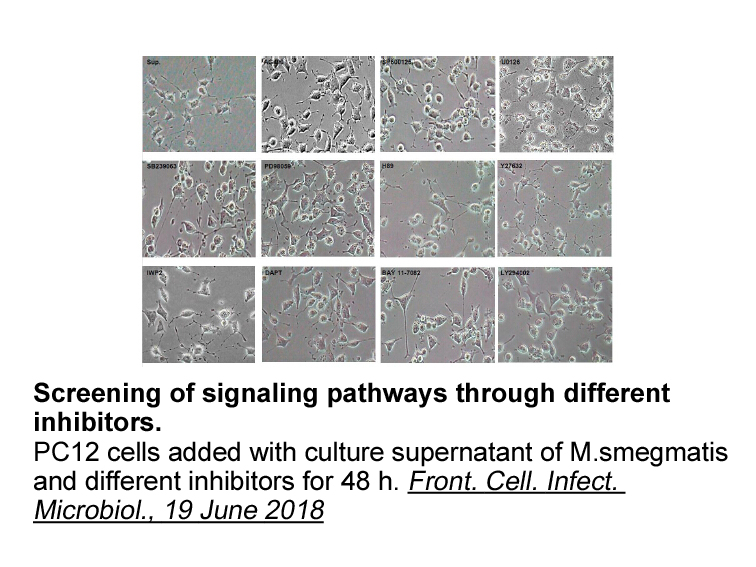
It was reported that the expressions of DPP-4 and SDF-1α increase through HIF-1α [27], [28]. Myocardial ischemia by MI enhanced the DPP-4 and SDF-1α levels in myocardium in the present study. SDF-1α is released from cardiomyocytes and has beneficial effects on cardiomyocytes through SDF-1α/CXCR4 aft
-
br Abbreviations br Acknowledgements br Introduction Dopamin
2019-10-21

Abbreviations Acknowledgements Introduction Dopamine β-hydroxylase (DbH) is the enzyme catalysing the conversion of dopamine to norepinephrine, two important neurotransmitters involved in the central nervous system [1]. This enzyme has been isolated from bovine chromaffin granules as a tetr
-
Hydroxyzine 2HCl Previous studies reported that combined adm
2019-10-19
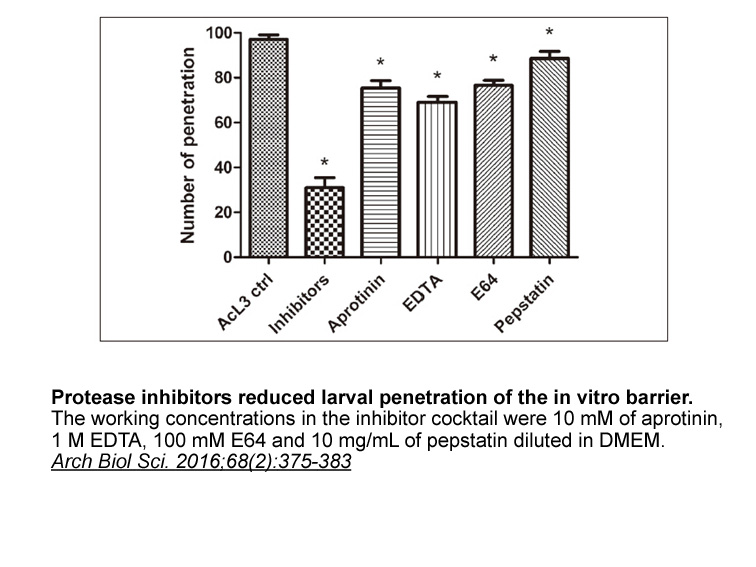
Previous studies reported that combined administration of licorice/GL and TWHF/TP showed reduced toxicity and equal or even potentiated therapeutic efficacy when treating arthritis (YS et al., 2006, YS et al., 2008, Zhang et al., 2007). Our findings that GL reduced exposure to TP in rats confirmed t
-
Exendin-3 (9-39) amide mass Acknowledgments br Prostaglandin
2019-10-19
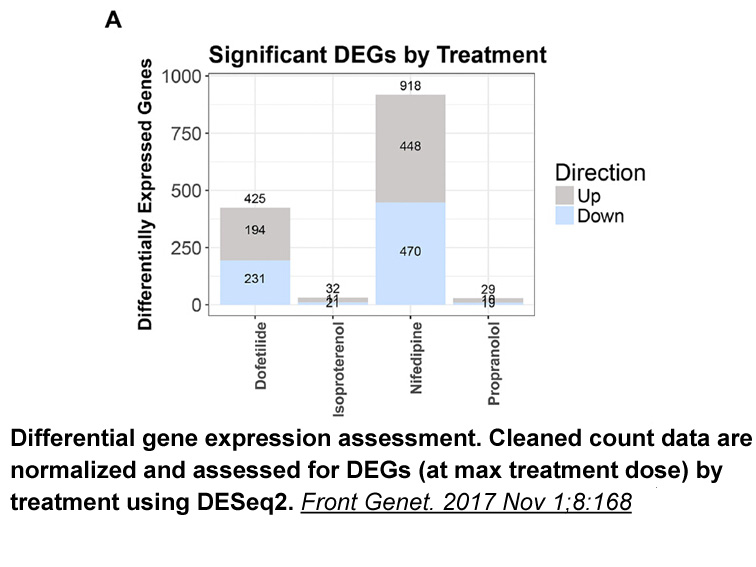
Acknowledgments Prostaglandin D (PGD) plays a key role in mediating allergic reactions such as those seen in asthma, allergic rhinitis, atopic dermatitis and allergic conjunctivitis. PGD is the major cyclooxygenase product formed and secreted by activated mast cells and its levels in bronchoalveo
-
Our study has several limitations As this
2019-10-19
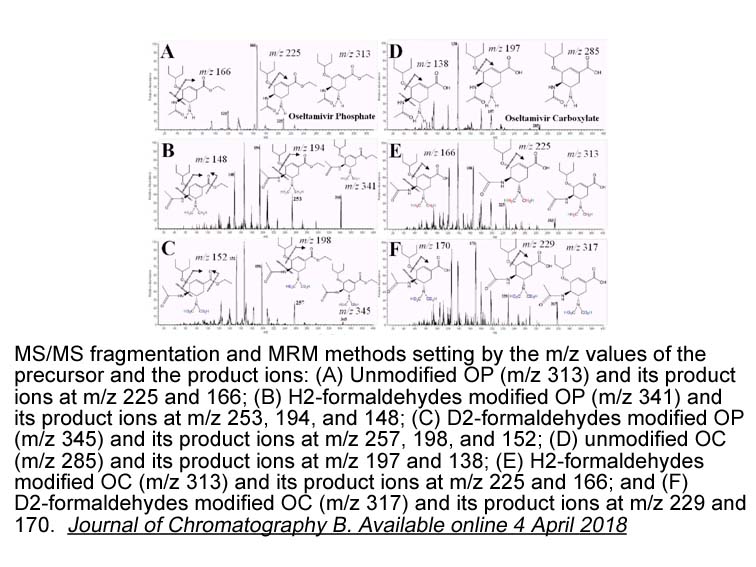
Our study has several limitations. As this study was performed at a single institution, it had a limited sample size and was not powered to detect specific differences in assay performance by organ group or waitlist status. In the two CMV seropositive subjects with potential passive antibodies, the
-
In summary synthetic routes with
2019-10-19
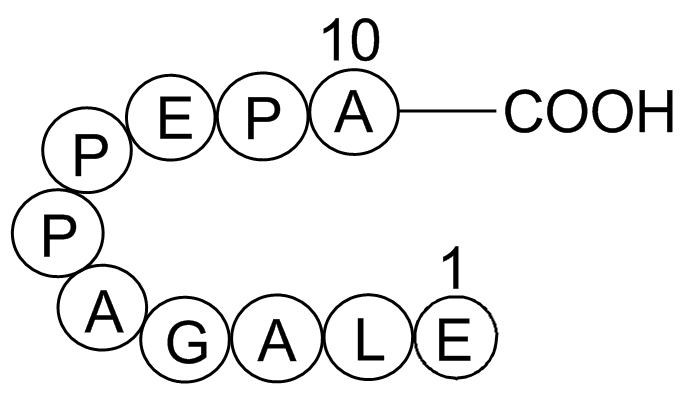
In summary, synthetic routes with moderate to high yields have been developed to produce difluoro-dioxolo-benzoimidazol-benzamides including reference standards and , and -desmethylated precursors and , and carbon-11-labeled difluoro-dioxolo-benzoimidazol-benzamides target tracers [C] and [C]. The
-
br In addition to the
2019-10-19
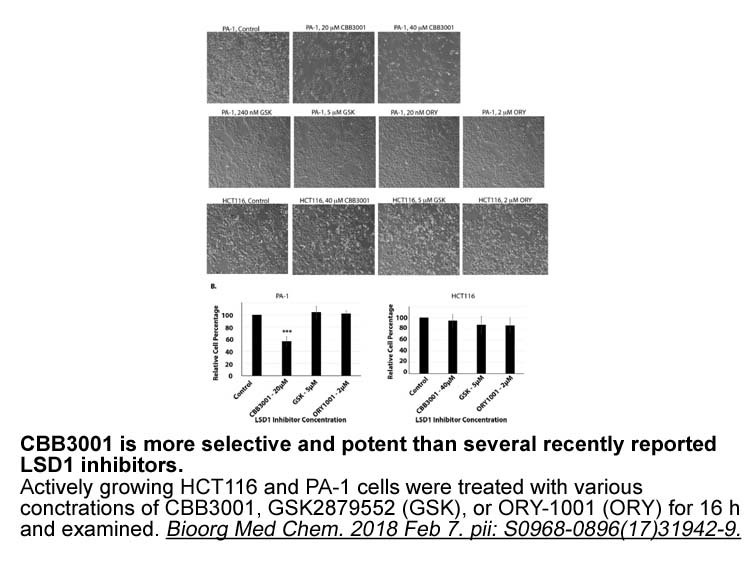
In addition to the classic nuclear genomic action, estrogens have been found to induce rapid effects occurring within minutes following administration. These effects are mediated through a subpopulation of estrogen receptors associated with the plasma membrane, a process usually termed “membrane-i
-
Overall we found that all hormone treatment groups
2019-10-19

Overall, we found that all hormone treatment groups were able to learn spatial working and reference memory tasks, as shown by their performance across days on the WRAM (days 2–12, collapsed across the 4 trials) and the MWM (days 1–5, collapsed across the 4 trials). During the acquisition phase of t
-
The pathogenesis of formation of an intradural tumor is uncl
2019-10-19
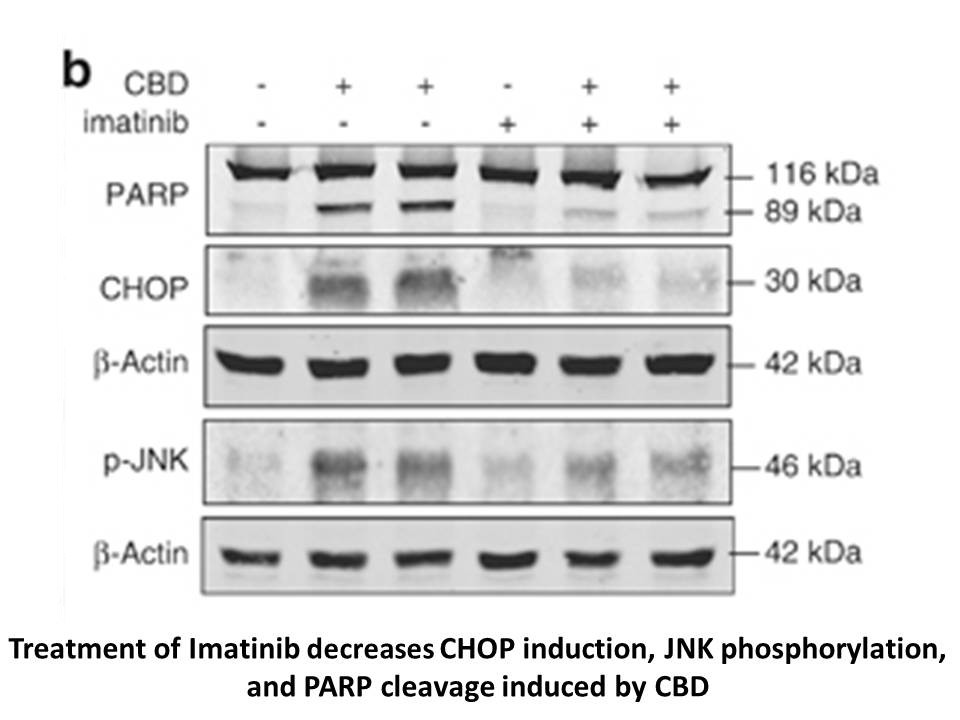
The pathogenesis of formation of an intradural tumor is unclear. Initially, several lines of evidence suggested a neural crest cell of origin for Ewings’s sarcoma based on expression of neuroectodermal markers on tumor GDC-0084 [45,46]. However more recently, studies have shown that expression of E
15302 records 923/1021 page Previous Next First page 上5页 921922923924925 下5页 Last page